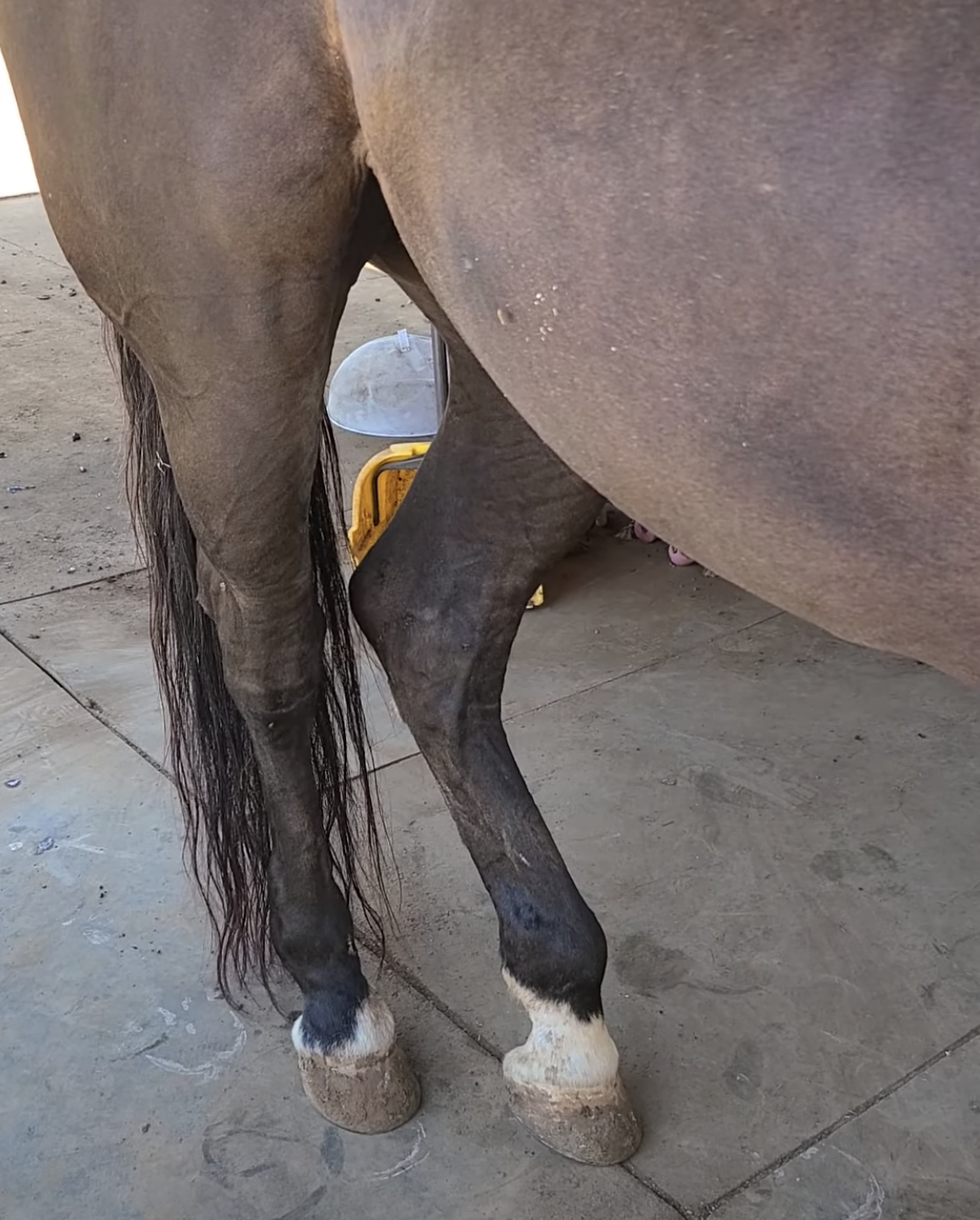
Young Horses With Cow-Hocked Posture
Share this episode:
Has your horse been labeled “cow-hocked?”
In this episode of Holistic Horseworks Talks, April addresses an owner’s question about horses developing what is labeled as “cow hocked” posture, meaning their hind legs are too close together. So the hock joints are not loading correctly, particularly young horses experiencing this when in reining or other repetitive training.
Cow hocked refers to a conformational issue where the horse’s hocks are positioned closer together than normal when viewed from the rear. We’ll explore why this happens and discuss ways to address and prevent such issues for a healthier, sound, and rideable horse.
Episode Transcription
Expand to read more...
00:00:32 Lillian:
Hi, this is Lillian. I’m here with April love. I have a question about young horses and how they grow and develop. There was a foal that was born with perfectly straight legs, but as he grew, he developed really severe cow hocks by the time he was a yearling, is there anything that can be done to prevent this from happening?
00:00:52 April
We’re having a lot of first rib issues in the foals early on and I know people are like, So what is the first rib under the shoulder have to do with the hind end?
00:01:01
Well, if neither shoulder can move correctly because the foal that’s not even a year old has both first ribs misaligned.
00:01:11
He’s going to throw back to the hind end to pick up a front end, and in the lumbar area, where the saddle ends on a full-grown horse, you have the psoas muscle that comes into the spine and it goes down through the hind end and it attaches to the inside of the hocks.
00:01:31
So you’ll have a very tight hind end on that horse, and the psoas is going to slowly be pulling the hocks together, well, this is going to be extra strain on the hocks, the stifles and the fetlocks because the joints are not loading correctly and you will notice if you stand behind your horse.
00:01:51
They will be compressing the inside heel and those hooves the front of the hoof will be flaring out.
00:01:58
They’re not pointed forward, so pointed out so the farrier can cut and trim whatever he wants, but you have to release the psoas muscles that’s pulling the hocks together and the lumbar spine.
00:02:11
We’re seeing way too many kissing spine issues, and that’s in the withers, and it’s in the lumbar spine.
00:02:18
And most of that is starting from the first rib misalignment in our foals.
00:02:23
My personal belief is it’s a mineral deficiency and our broodmares cause our hays and grains are just so over-processed and there’s no natural minerals from the soil anymore.
00:02:35
When I had stallions, broodmares, babies, I always gave them the Dynamite Liquid Trace Minerals in the broodmare’s feed, you know, before she’s gonna foal.
00:02:45
I give it to her like, two or three times a month in their feed.
00:02:49
And then like once a week when they’re coming up to their due date because it also strengthens capillary walls so that there’s less internal bleeding.
00:02:58
I’ve used it before my shoulder surgeries and my hip surgeries.
00:03:02
It really seems to strengthen, less internal bleeding.
00:03:08
Something in that mixture when my brood mares popped out babies, the babies would just come out of the sack, pop up and take off, running like they were meant to in the wild.
00:03:20
So, in the wild, when foals are born, they have to run away from the scent of blood because that’s going to bring the carnivores.
00:03:29
So, a young foal in the wild doesn’t get to get up and fall down and try and nurse and everything.
00:03:34
They have to get up and move and that’s the problem I’m seeing in today’s horses.
00:03:39
You have all these horses with really weak fetlocks.
00:03:43
And when I give them the Dynamite Liquid Trace Minerals they just popped out, took off cantering while the mayor still laying there with the sack, saying, oh, wow, OK, and the fall would run around for 10 or 15 minutes, come in to nurse, drop down, take a nap, pop up again.
00:03:59
There was no trying to find their legs.
00:04:02
Everything was just strong and ready to go.
00:04:04
So, my personal belief is that mineral deficiency is why we’re seeing the foals with first rib misalignment on both sides before they’re even six months old.
00:04:16
So, you’re going to have your high-low syndrome, you’re going to have your metal lateral imbalance in your hooves, and you’re going to have your hind hocks too close together.
00:04:25
And if you’re going to have a sport and performance horse and they’re not loading their joints at a year old.
00:04:31
They’re going to be arthritic by the time they’re 10 or 11.
00:04:34
So I have a video you have to have already at least taken level one class or level one home study program.
00:04:42
But I do have a download video, just how to work on foals and I’ve done it as early as day one, day 2 because the mare getting up, getting down, and pushing the foal out against a stall wall or sitting on it as they’re trying to get up and get down.
00:04:57
It’s a really hard thing to be squeezed through the birth canal.
00:05:00
So don’t wait ‘till your horse is 6 months old to start bodywork.
00:05:04
When you do just little things to the youngsters, they are so people-oriented and they just love people and they’re like, hey, what are going to do with your magic hands today?
00:05:14
And they’re so easy to halter train.
00:05:17
They’re so easy to work with.
00:05:19
You can put them in the little figure-eight rope and lead them around and you can change their posture.
00:05:26
You know because you have your conformation, what they’re born with.
00:05:28
But your posture is what develops from muscles that are over-tight and not being able to load the hoof correctly.
00:05:35
So, the short neck and the ewe neck and the roach back and the hunters bump.
00:05:41
None of this needs to be developing.
00:05:43
That is not your horse’s conformation.
00:05:46
But we need to start working on foals younger so that our horses can be healthy, sound, and rideable through their 30s.
00:05:54
So, check out my full video and my free e-book is horseacademy101.com and my website is holistichorseworks.com see you there.
Understanding Cow-Hocked Posture and the Impact it Has on Your Horse
Hocks being too close together in young horses can often be traced back to a misalignment of their first ribs under the point of their shoulders. Surprisingly, this misalignment can negatively affect not only the front end but also the hind end of the horse.
When the first ribs are misaligned, it hinders the correct movement of the shoulder, which ultimately affects the horses’ hindquarters and lumbar area. This issue can lead to a very tight hind end, with the psoas muscle pulling the lumbar spine too close together and also pulling the hocks together and placing extra strain on the hocks, stifles, and rear tendons.One noticeable sign of this is the compression of the inside heel of the rear hooves and the outward flaring of the outside front of the rear hoof.Additionally, the horse may experience hind-end instability, leading to potential joint issues in the future if not addressed early on.
Potential Causes
While there may be several contributing factors, April suggests that a potential cause of cow hocks in young horses could be a mineral deficiency, particularly in broodmares. This deficiency may result from overprocessed hay and grains that lack the natural minerals found in the soil.
To counteract this potential mineral deficiency, our expert recommends supplementing broodmares with Dynamite Liquid Trace Minerals before and during their pregnancy. These minerals fed to my broodmares produced foals that pop up immediately after birth and take off running with strong fetlocks, as they were designed to do in the wild.
The weak pasterns and horses with legs that take a long time to get up to nurse are most likely mineral deficiency in the broodmare. Feeding the minerals may also strengthen the capillary walls, reducing the risk of internal bleeding in the mare. April recommends to all her friends going in for any surgeries to take 2 droppers full in a little water the day before surgery, and recovery has always been very quick.
Prevention and Solutions
April emphasizes the importance of early intervention and bodywork for young horses to address issues related to cow hocks and other conformational problems. Waiting until the horse is older to address these issues may result in complications that can impact the horse’s long-term health and soundness.
By working on the foals at an early age, using gentle bodywork techniques, and paying attention to their posture and movement, it is possible to promote proper musculoskeletal development and avoid the development of cow hocked and other conformational abnormalities.
Cow hocked posture in young horses can be a concerning issue, but with early intervention, proper bodywork, and potential mineral supplementation, it is possible to address and prevent these problems. By taking a holistic approach to horse care, we can ensure that our equine companions lead healthy, happy lives and remain sound and rideable well into their senior years.

Bodywork for Foals and yearlings
This video expands on the previous home study courses and focuses on how to work on foals and yearlings. This is information that is being missed in the equine industry, as most horse owners do not start bodywork until a horse is in training, or showing signs of body or lameness issues.
More Episodes
Foals Need Bodywork, Too!
Early bodywork can profoundly impact your foal's development, ensuring they grow into healthy, balanced, and well-adjusted adults. Let's talk about essential timing and techniques of early bodywork, helping you recognize signs of misalignment and understand the benefits of starting bodywork from a young age.
Summer Heat and the Best Electrolytes for Horses
As the summer heat sets in, it's important to consider your horse's electrolyte needs. Proper electrolyte supplementation can help keep your horse happy, healthy, and performing their best even in the hottest weather. Discover the importance of electrolytes and get our top recommendation for the best electrolytes, along with tips on when and how to use them effectively.
Tips to Tune-Up Your Horse in Spring
As the vibrant colors of spring emerge and the weather warms, horse owners are gearing up to provide their equine companions with the care they need for the season ahead. Here are some essential spring tune-up tips to keep your horse happy, healthy, and ready for action.
Maintaining Healthy Weight in Older Horses with Vegan Fat Sources
In this episode, our founder, April Love, shares valuable information on maintaining the well-being of older horses, focusing on a simple recipe for a vegan fat source. The discussion delves into practical tips for horses with missing teeth, difficulty gaining weight, and the importance of identifying and addressing insulin resistance.
Dealing with Laminitis, Foundered Horses, and General Hoof Health
Horse’s hooves have to support the entire body. Hoof care must be the foundation for complete health care. In this episode, April discusses various hoof issues and effective solutions for maintaining healthy hooves. Whether you’re dealing with laminitis, foundered horses, or general hoof health, these insights can make a significant difference.
Are you ready to treat a wound in an emergency?
In this episode of Holistic Horseworks, April retells a story about an incident in one of her clinics. Despite being told repeatedly to NOT tie the horse to the corral panels, one student did just that. When the horse spooked, the corral panel hit another student in the head and caused a small but bloody gash. While her students were wondering what to do, April stepped in to treat the wounded student.
Caring for Older Horses: Arthritis, Mobility, Nutrition, and Hooves
In this episode of Holistic Horseworks Talks, April Love shares helpful practices for caring for older horses. She offers information not only about supporting the symptoms of arthritis but even more importantly, preventative measures to keep it at bay for as long as possible. April also shares many other useful tips for aging equines such as choosing healthy feed to keep on weight, the importance of daily stretching, and even hoof care.
How does your horse’s environment affect their mood?
In this episode of Holistic Horseworks Talks, host April Love delves into the often unseen environmental factors that can significantly affect a horse’s behavior, mineral assimilation, and overall immune system. Through insightful anecdotes and practical advice, April sheds light on how power lines, water sources, and even natural elements like trees out in the pasture can impact a horse’s well-being.
Emotional Healing for Horses
Horse care is more than just the physical— there's also an emotional component. Emotions can it directly affects the horse's behavior, performance, and overall health. It's also important to consider how the emotions of the owner can affect the emotions of the horse, and vice versa.
The Importance of the First Rib in Horses
Join us in this episode of Holistic Horseworks Talks with April Love as we explore the often-overlooked significance of the first mobility rib in equine anatomy. She sheds light on how misalignments of the first rib can lead to various issues with people such as thoracic outlet syndrome, frozen shoulder, tendonitis, bursitis, and carpel tunnel syndrome. So think about all the things it could be impeding your horse's freedom of movement in the front end. This is what starts the high-low hoof syndrome, horse not picking up right or left lead, mysterious lameness, kissing spine, behavioral issues, and even roaring in horses requiring expensive tie-back surgery.
Sign-Up for Our Newsletter

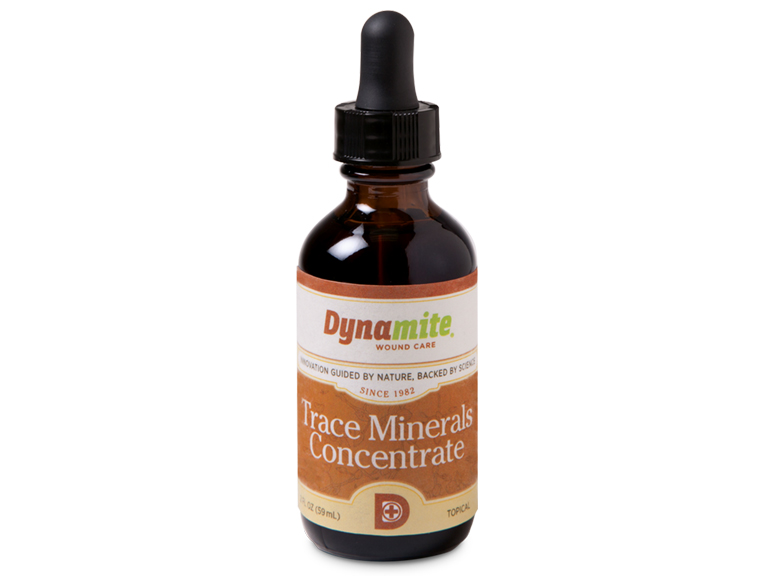

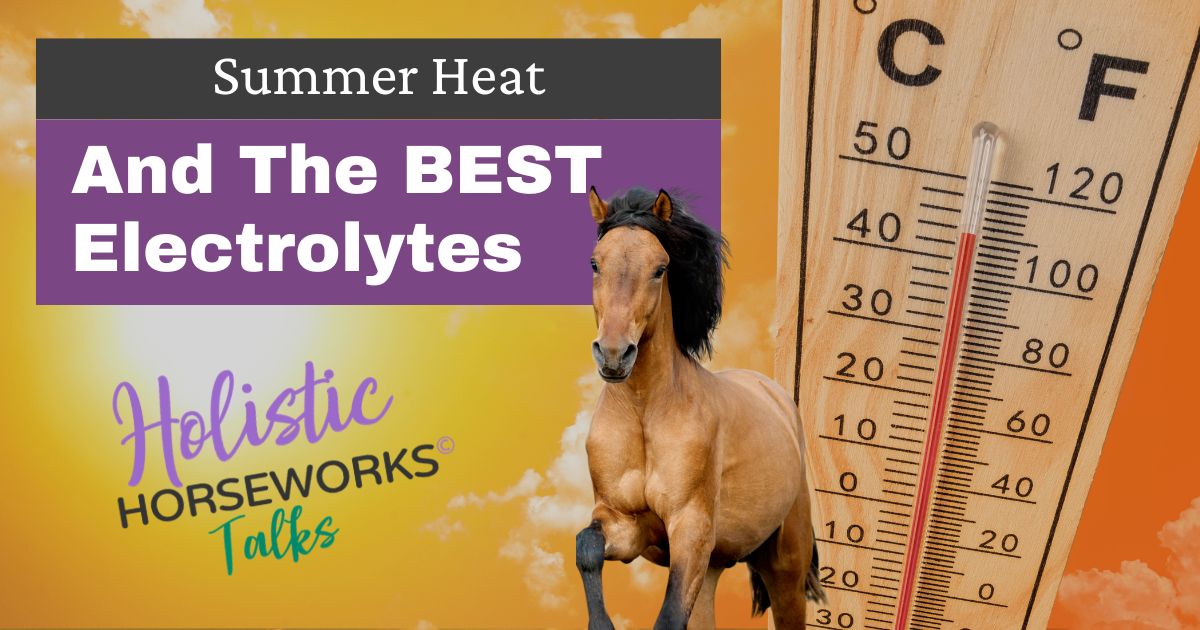
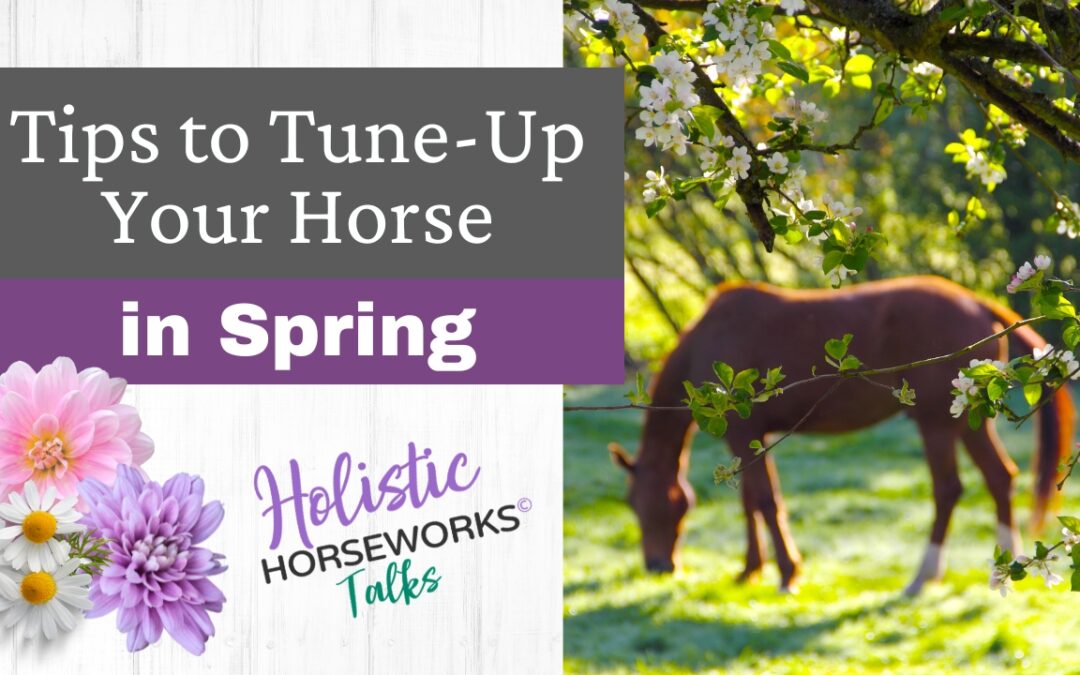
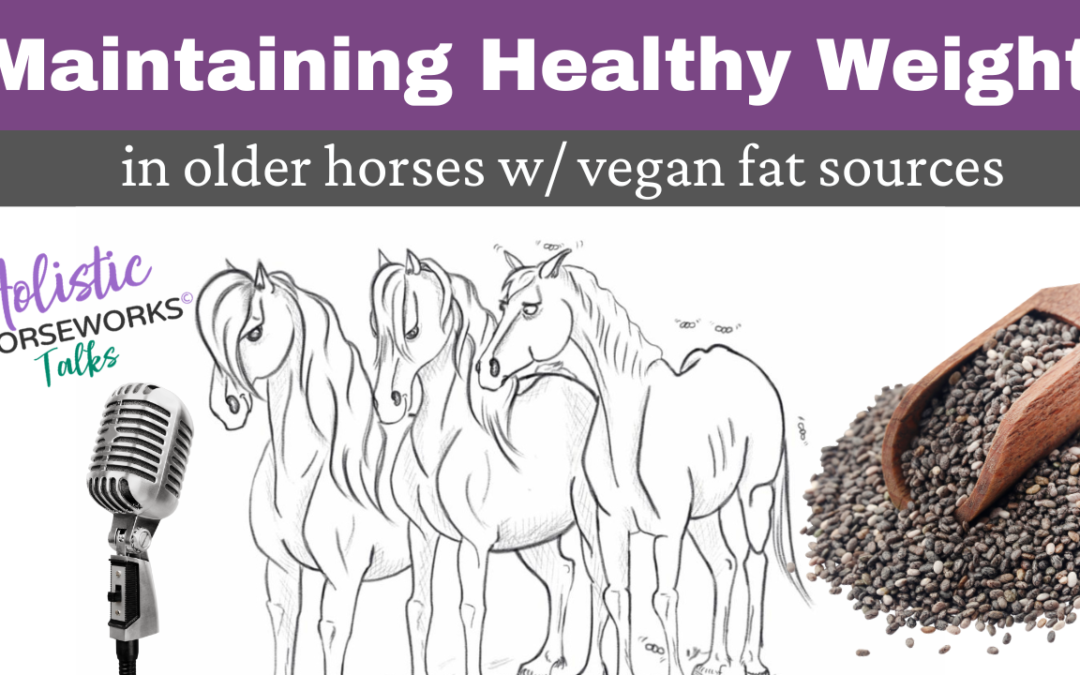
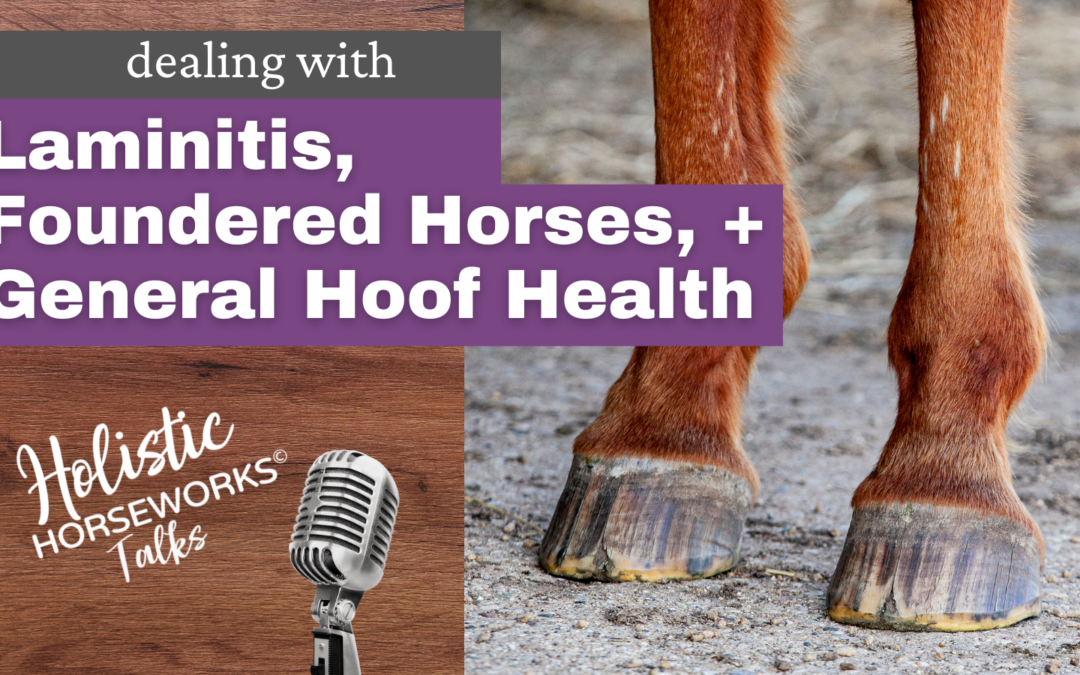
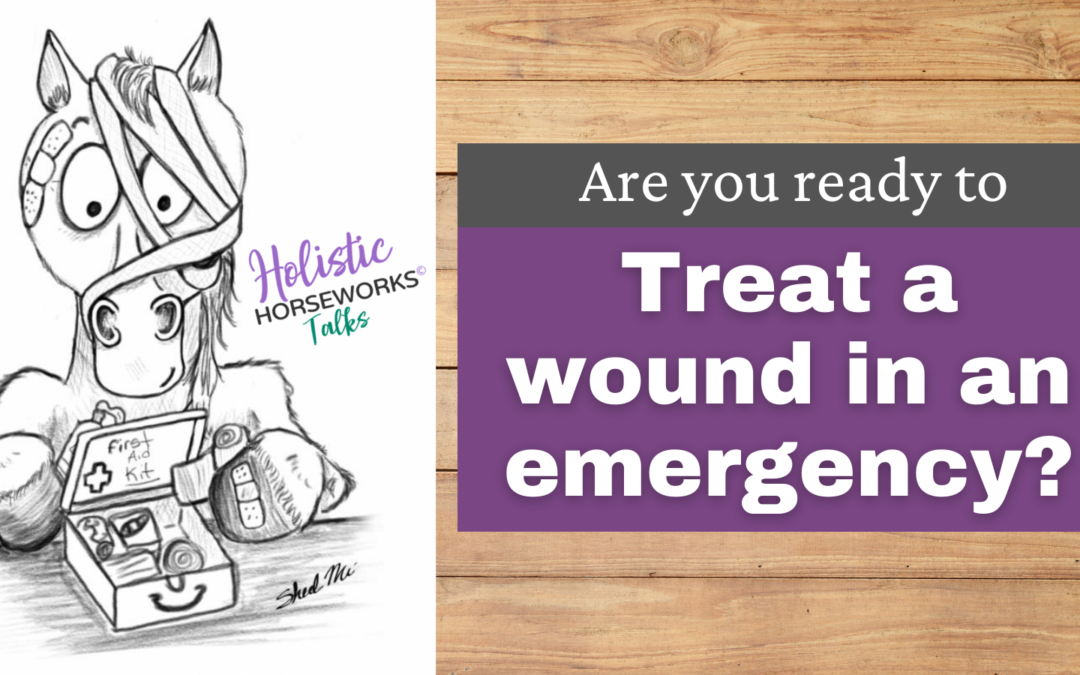

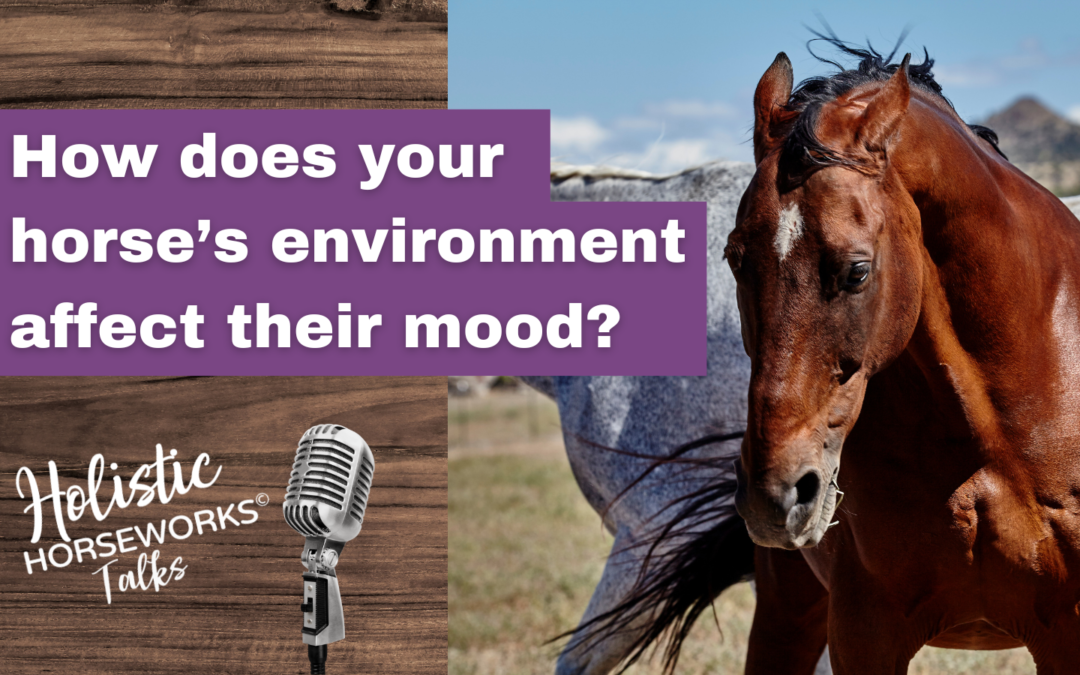
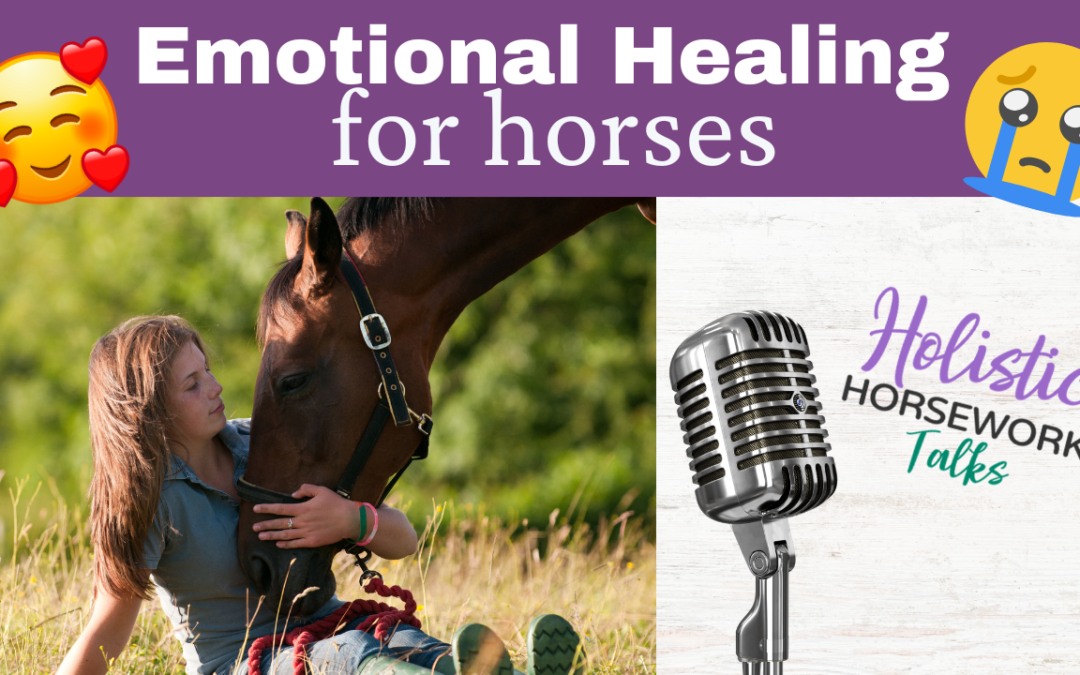
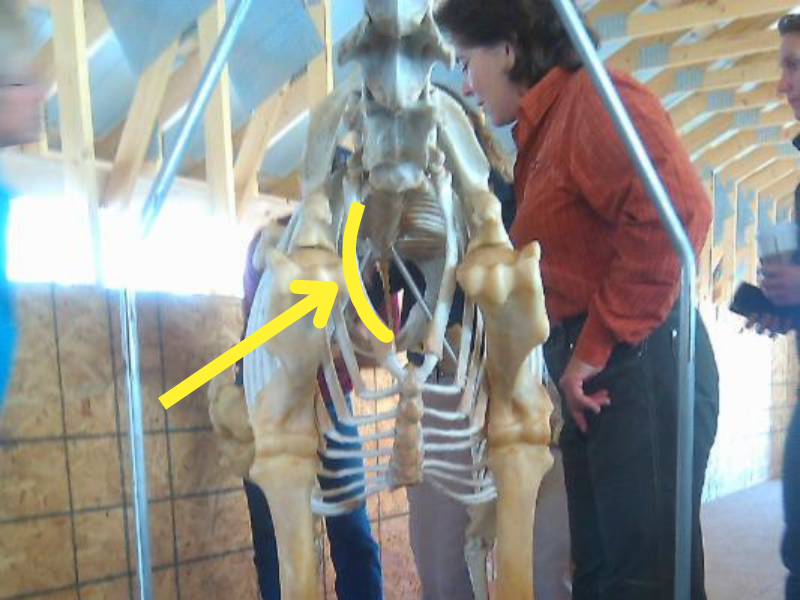
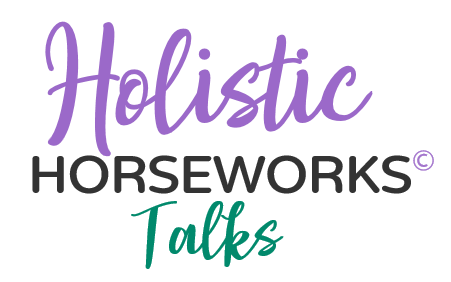
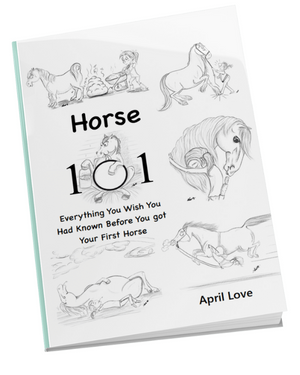
![Complete Level 1 & Level 2 Home Study + Private Training Package [NO DVD]](https://holistichorseworks.com/wp-content/uploads/2022/08/Level-1-and-Level-2-complete-home-study-and-training-package-400x400.jpg)
![Level 1 "Equine Musculoskeletal Unwinding" Home Study -Watch Instantly [NO DVD]](https://holistichorseworks.com/wp-content/uploads/2022/08/Level-1-Home-Study-400x400.jpg)
![Level 2 “CranioSacral Unwinding & Advanced Applied Kinesiology” Home Study - Watch Instantly [NO DVD]](https://holistichorseworks.com/wp-content/uploads/2022/08/Level-2-Home-Study-400x400.jpg)
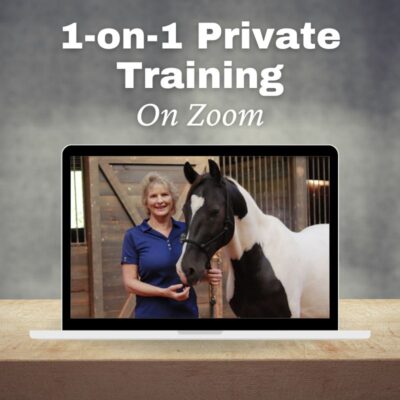
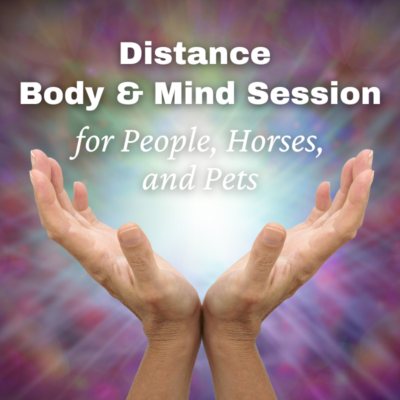
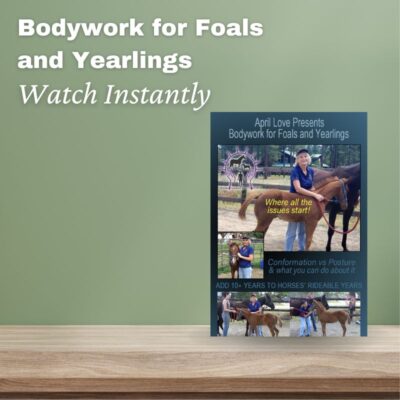
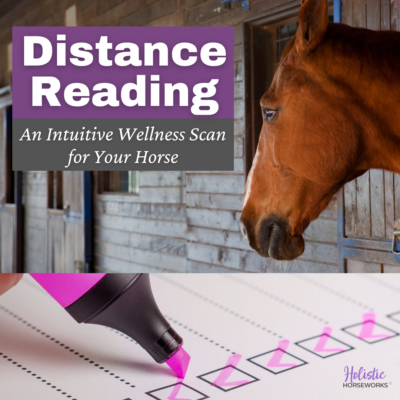
![Equine CranioSacral Energy Work -Watch Instantly [English and French]](https://holistichorseworks.com/wp-content/uploads/2022/09/equine-cranial-sacral-energy-work-watch-instantly-400x400.jpg)